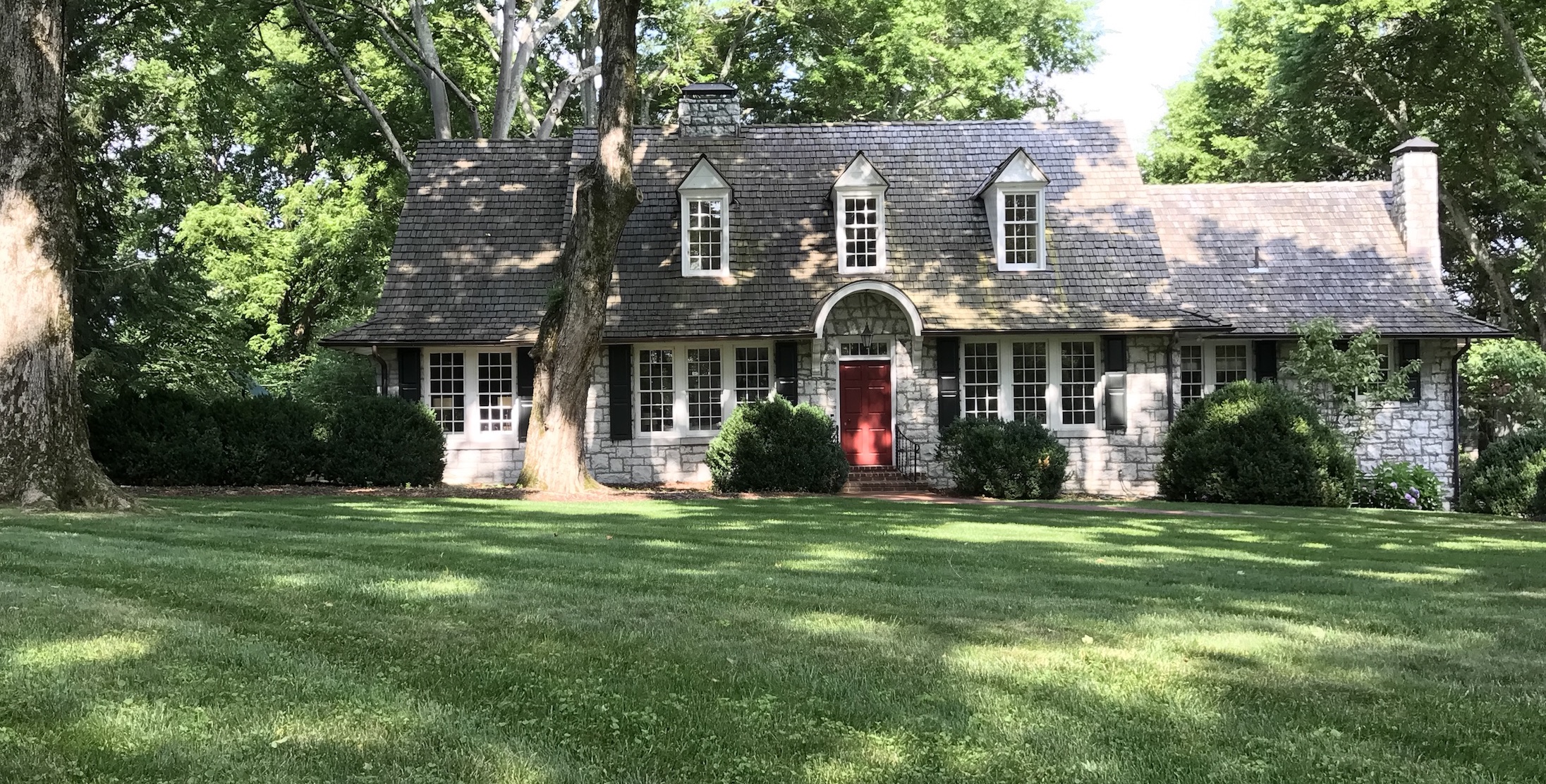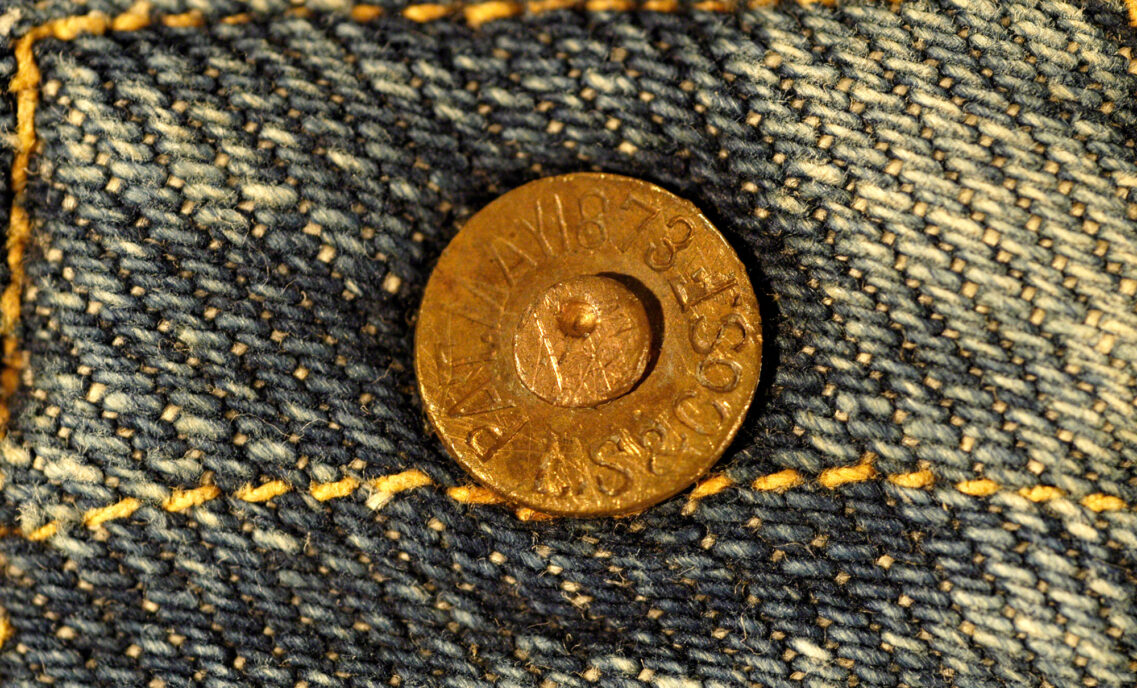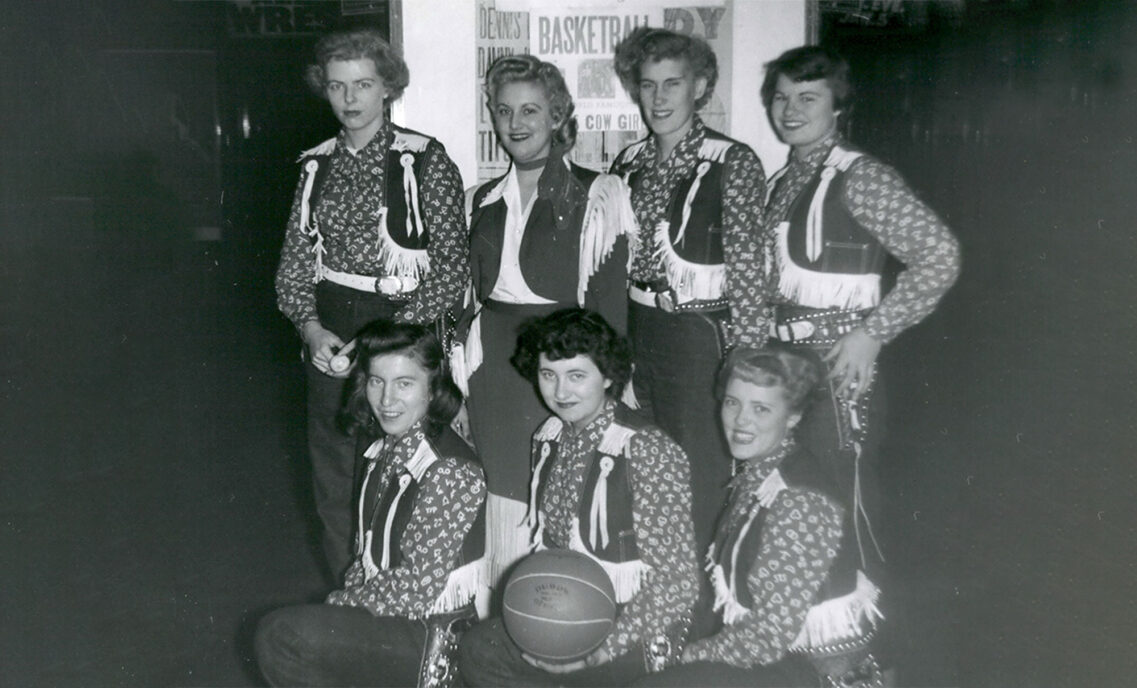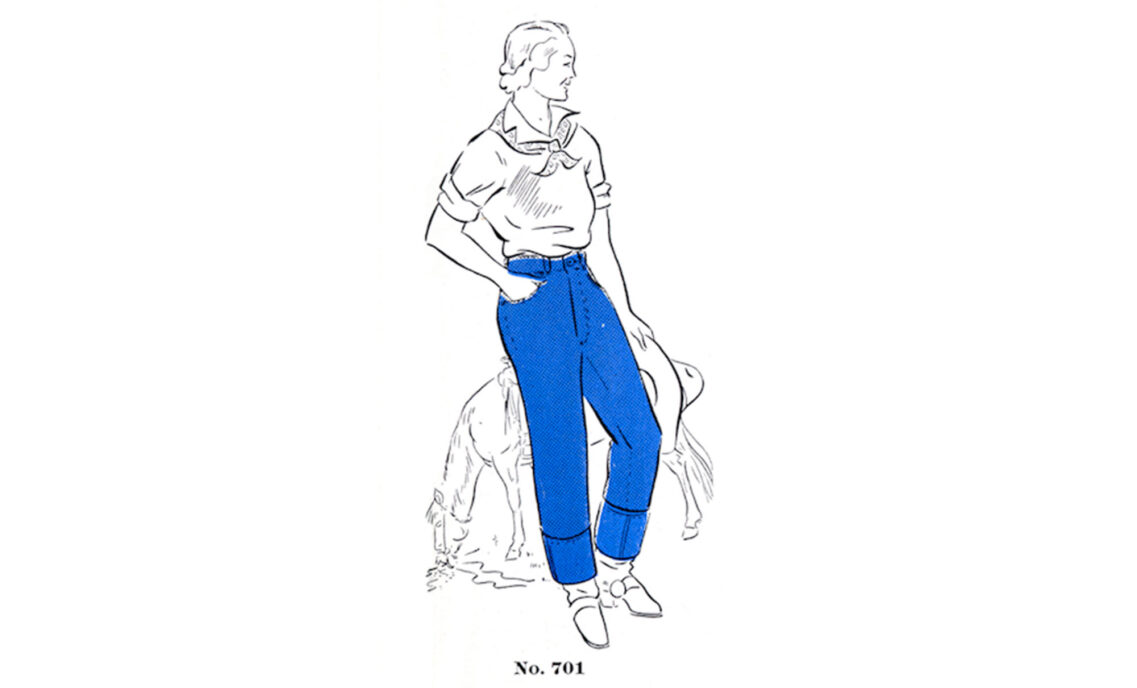While digging in his backyard last year, Brye Dale made an unusual Levi Strauss & Co. discovery. Along with glass medicine bottles, a rusted trunk lock and parts from a horse-drawn carriage, he found a small LS&Co. button that piqued his curiosity. The find inspired him to research the history of his turn-of-the-century home.
Brye lives in a 1900s-era house in Nashville, Tennessee, near the grounds of an antebellum plantation. The historic plantation included land with an important trail, the old Natchez road, where settlers purchased grounds for farming in the early 1800s. The property included a cotton gin, grist and saw mills and was later used for thoroughbred boarding and breeding. By the 1860s, the plantation grew to 3,500 acres.
Three decades later, a weakened economy led the plantation into serious debt and most of the land was sold around 1906. Brye learned that although the face of his land changed over time, artifacts reflecting the storied history of the area remained buried underground.

Among the early artifacts Brye recovered was a metal Levi Strauss button. “We had recently planted some large boxwoods to make a privacy screen,” he says. “The root balls were rather large, so it makes sense that some of these objects [including the button] must have been unearthed by accident when the holes were dug for planting.”
Brye contacted me for more information and the Archives staff did some digging of our own, reviewing garments in our collection. While the button could have dated to a later period, other evidence suggests a 1930s or earlier timeframe. Although not an exact match, buttons from our archival garments have the same script style.
Levi Strauss & Co. manufactured men’s bib overalls in the 1920s and 1930s, selling many to farmers or engineers. The denim riveted “Two Horse Brand” was guaranteed to wear longer than other brands. “A new pair free it they rip,” advertisements and labels on the overalls noted.
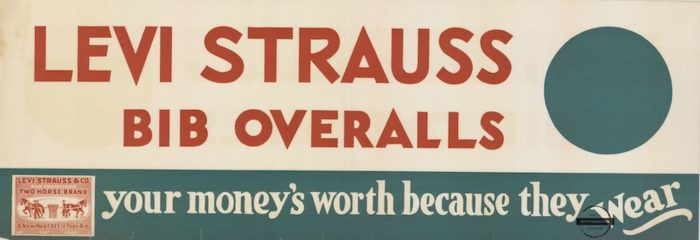
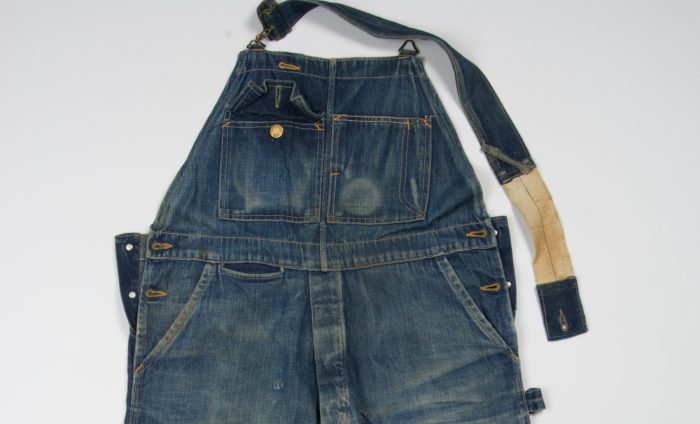
Brye, who began metal detecting a year ago, also offered some insight about the age of the button based on its location. “It was also [found] rather deep in the ground,” he says. “The deeper down, in my experience always ends up with an older object.”
Based in San Francisco, LS&Co. distributed most of its products to retailers in the West rather than locations like Tennessee. In some cases, however, riveted products were sold in select stores in the East and elsewhere. Shoppers may have also purchased items in one location and transported them to another.
Whatever happened, Brye’s discovery confirms that Levi’s® garments have been worn by people all over the United Sates and that buried treasure can sometimes be as close as your own backyard.
Keep up with the LS&Co. Archives and other cool LS&Co. heritage news by following Tracey on Twitter, @TraceyPanek, and stay tuned to Unzipped!



